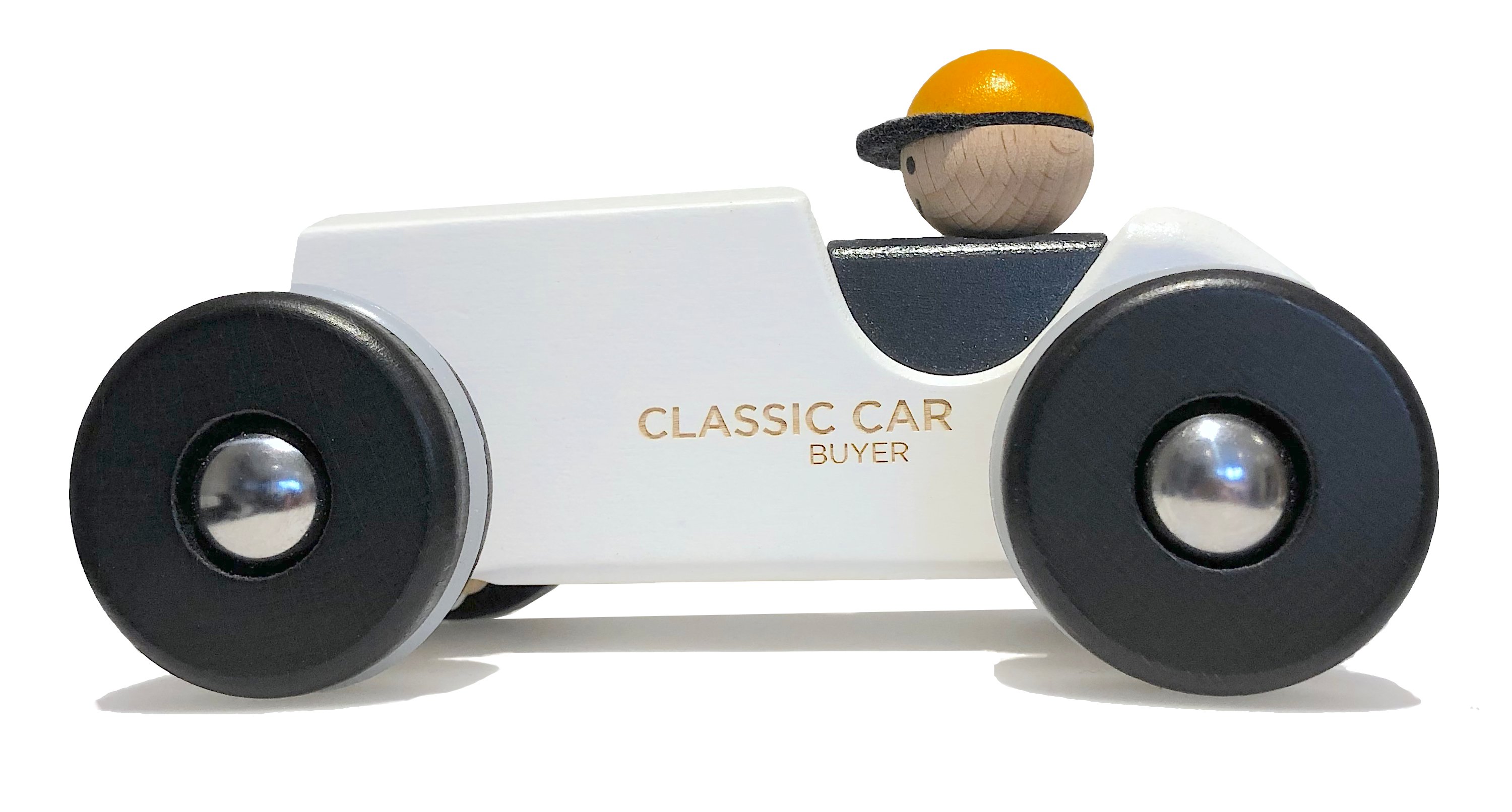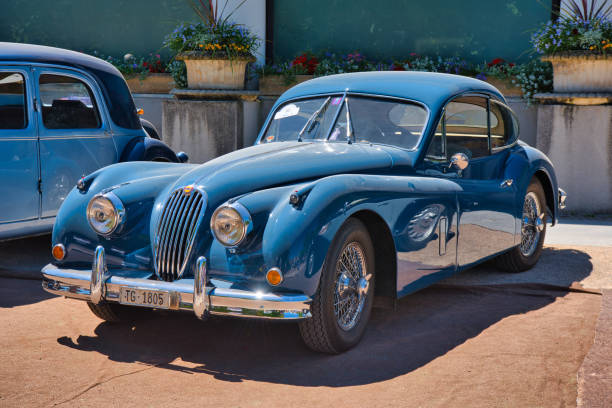There’s something undeniably exciting about cruising down a country lane in a convertible classic...
Before you have the keys in your hand of that classic you’ve been coveting for a while (possibly even years, in some cases) and can say you are the proud owner, there’s the small point of checking the car out to see what condition it is in. Obviously, many of the classics available are quite old vehicles, and it’s to be expected that they will come with their own wear and tear. Repairing any issues or niggles is all part of the experience, of course, but it’s still a good idea to have a thorough test drive so that you can budget for any work that needs doing. In this blog post we’ll explore the essential factors to consider when test driving a classic car - be sure to check out the last point, as we may be biased, but we think that’s possibly the most important. Enjoy!
Exterior Inspection
It’s a good idea to begin with a thorough visual inspection of the outside of the car. Some indications of rust are to be expected, but also check for body damage, or uneven paint which might indicate previous work. Scrutinise the condition of chrome accents, trims, and lenses. A well-maintained exterior is a promising indicator of the owner’s commitment to the care of the car.

Under the Bonnet
Have a look under the bonnet and assess the engine compartment to check for leaks, rust on the engine, and the overall cleanliness. Examine the belts, hoses, and wiring. A well-maintained engine is vital for the longevity of a classic car. You could also test the battery with a multimeter, and see if the terminals and connections are relatively clean and free from rust.
The Start-Up
The way a classic car starts can reveal a lot. Do listen for any unusual noises during ignition, as a smooth start indicates a well-tuned engine. Pay attention to smoke or excessive exhaust fumes, as these could be signs of underlying issues.
Transmission Engagement
Whether automatic or manual, test the gears thoroughly. Check for smooth shifting, listen for any clunks or grinding noises, and see if the gears engage without hesitation, as any difficulty in shifting may indicate transmission problems.
Steering and Suspension
Classic cars may have different steering and suspension characteristics compared to modern vehicles. Pay attention to the responsiveness in the steering wheel, and listen for any unusual sounds while turning. If possible, take the car on a selection of roads to assess its handling of different surfaces. Listen for any unusual noises or vibrations, and see if there is any pulling to one side.

Brake Performance
The brake function is obviously crucial for safety. Test the brakes for responsiveness and effectiveness, and pay attention to how the car deals with acceleration and then braking. Listen for any squeaks or grinding noises, and see if the car stops smoothly. Classic cars may have different brake systems to more modern vehicles, so be prepared for a different feel!
Fluid Checks
Have a look at the fluid levels, including the oil, coolant, brake fluid and transmission fluid, as discoloured fluids or low levels could signal maintenance issues. Older cars tend to need more checks than newer ones in this area, as they can end up using more of these fluids and also develop leaks with age. Old fluids can also break down and mix with sediment, clogging vital components of the car.
Tyre Condition
Examine the tyres for signs of wear, including uneven tread and cracking. These can easily be replaced, of course, but do factor in the cost of this as it may vary depending on the type of classic car.
Now, for the final point, what about the thing to check for that can’t be defined in a vehicle checklist?
Yes - it’s the experience of nostalgia!
As you open the door, a wave of nostalgia will likely hit – that unmistakable aroma of aged leather, polished wood, and just a hint of motor oil. The engine, with its vintage charm, likely grumbles to life, emitting a mixture of sounds that modern cars can’t replicate. Many classic cars come with manual transmissions, adding a layer of engagement to the driving experience. For those used to automatic cars, that feeling of having the gears shift under your control is definitely a connection to a long-lost era of driving.
The steering, although sometimes heavier, likely gives a level of feedback from the road. The rumble of the exhaust, the wind rushing through the open (or not open!) windows, and the occasional creaks and rattles – these sounds form a sensory symphony that modern cars, with their insulation and electronics, often lack. Every squeak and rattle is a form of communication from the car, a conversation between the driver and the car as each adjusts. Driving a classic car isn’t just a personal experience; it’s a public spectacle, as people stop to look at something they might not see every day. What a joy to be sitting in such a vehicle.
Taking any classic car for a test drive before you purchase it is generally a good idea, so that you can get a feel for how it moves, and to work out where you might need to do some mechanical or body work. And, as we’ve highlighted, that first test drive can take you into a journey of nostalgia which will make you love your car even more, both now and in the coming years.







